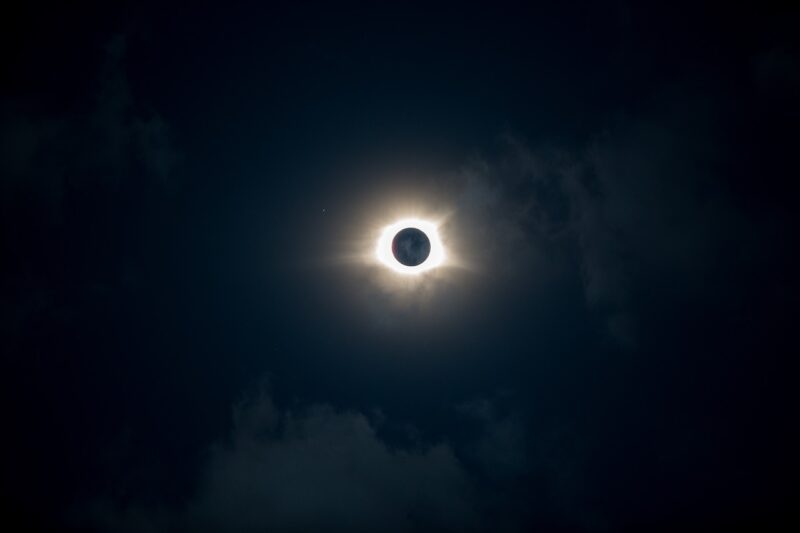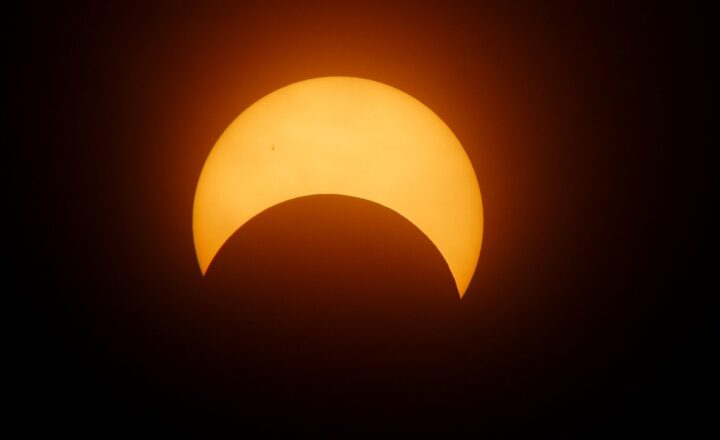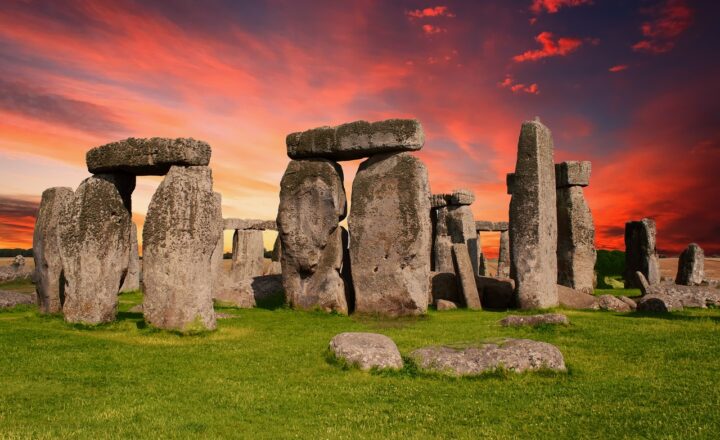
Eclipses have long fascinated humanity, captivating our imaginations with their rare beauty and awe-inspiring transformation of the moon and the sun. While modern science understands eclipses as predictable celestial events governed by the mechanics of our solar system, ancient cultures possessed a remarkable ability to predict these occurrences without the scientific methods available to us today. This article explores the fascinating ways in which ancient civilizations, from the Babylonians to the Maya, understood and anticipated eclipses with astonishing accuracy, shedding light on their astronomical knowledge and cultural significance.
1. The Science Behind Eclipses
Eclipses occur when one celestial body moves into the shadow of another. A solar eclipse takes place when the moon passes between the Earth and the sun, casting a shadow on Earth and partially or fully blocking sunlight. A lunar eclipse occurs when the Earth comes between the sun and the moon, resulting in the Earth’s shadow covering the moon.
The predictability of these events is determined by the relative positions and motions of these celestial bodies. The cycles of eclipses can be calculated using mathematical models, which, although complex, rely on consistent orbital behaviors of the moon and the Earth.
Interestingly, ancient cultures developed methods to track these celestial movements despite lacking modern tools and knowledge. Guided by keen observation and a deep understanding of cycles, they created sophisticated astronomical calendars that allowed them to foresee eclipses.
2. The Babylonians: Masters of Celestial Observation
The ancient Babylonians are often credited with some of the earliest systematic astronomical observations. Around 600 BCE, Babylonian astronomers began to document celestial phenomena, noting the recurring patterns of the moon, the sun, and the five known planets of their time.
Their most significant contribution to the understanding of eclipses is the development of the Saros cycle, a period of about 18 years, 11 days, and 8 hours, after which eclipses repeat. They used this cycle to predict both solar and lunar eclipses, allowing them to anticipate when a significant event would occur. The Babylonians recorded their observations on clay tablets that detailed the timing and nature of these astronomical events, showcasing their impressive mathematical techniques and attention to detail.
This meticulous approach to recording celestial events not only reflected their devotion to astronomy but also influenced their religious and cultural beliefs. Eclipses were often seen as omens, prompting ritualistic responses aimed at appeasing the gods.
3. The Mayans: Astronomy and Eclipses in Nature
Remarkably sophisticated and renowned for their architectural and mathematical achievements, the Mayans made significant advancements in astronomy that allowed them to anticipate eclipses as well. They constructed elaborate observatories and developed detailed astronomical calendars, such as the Tzolk’in and Haab’, which highlighted the significance of celestial movements in relation to their agricultural practices and religious events.
The Mayans possessed an intricate understanding of the cycles of the moon, enabling them to calculate lunar eclipses with high accuracy. They noted the timing and characteristics of eclipses, documenting these events in their codices, including the Dresden Codex, which served as a guide for future generations.
Just as with the Babylonians, Mayan societies viewed eclipses as powerful omens, influencing agricultural decisions and dictating ritual practices. Their interpretation of these phenomena often connected to their pantheon of gods, which underscores the intersection of astronomy with their cultural and spiritual lives.
4. The Greeks: Bridging Observation with Philosophy
The ancient Greeks made substantial contributions to the understanding of eclipses, utilizing both observation and philosophical inquiry. Figures such as Thales and Ptolemy expanded on Babylonian knowledge, seeking to mathematically predict eclipses and explain their underlying principles.
Following Ptolemy’s work in the Almagest, it became possible to predict eclipses by calculating the positions of celestial bodies based on their uniform circular motion. His calculations allowed for better understanding and forecasting of eclipses, influencing later astronomical thought.
The Greeks viewed eclipses as both scientific phenomena and significant cultural events. They believed that these occurrences heralded change or foretold significant events, further embedding eclipses in the social and political fabric of their societies.
5. The Chinese: Chronologies of Celestial Events
In China, eclipses were meticulously recorded over millennia, with documented accounts as early as 500 BCE. Chinese astronomers understood that solar eclipses could be predicted through systematic recording of events over generations, contributing to the establishment of elaborate lunar calendars.
The earliest records reveal that the prediction of eclipses became a means of asserting the authority of imperial power; rulers often commissioned astronomers to forecast eclipses as a method of demonstrating control over natural events. In some instances, failures in predictions led to severe consequences, highlighting the societal implications of accurately forecasting these celestial events.
Chinese lunar calendars not only highlighted eclipses but were also integral to agricultural cycles, profoundly influencing societal development.
6. Cultural Interpretations of Eclipses
The understanding of eclipses transcended mere scientific observation; it woven itself into the cultural narrative of many ancient civilizations. They regarded eclipses as potent signs from the heavens that influenced both societal behavior and cosmological beliefs.
While some cultures saw them as omens of destruction or change, others interpreted eclipses as a celestial battle between deities, framing these events within their mythologies. For instance, in Hinduism, it is believed that the demon Rahu swallows the sun during a solar eclipse, causing darkness.
Furthermore, ancient writings across cultures often called for rituals or sacrifices during eclipses, emphasizing a collective effort to appease angered gods or restore cosmic order.
The significance placed on eclipses reveals how intertwined human development was with celestial events and demonstrates the rich tapestry of beliefs that surrounded these phenomena.
7. The Legacy of Ancient Eclipse Predictions
Modern science owes much to the astronomical achievements of ancient cultures. The ability to predict eclipses paved the way for further advancements in mathematics, astronomy, and understanding of celestial mechanics. By documenting celestial movements and developing models of the universe, these early astronomers set the foundation for future exploration.
Today, eclipses continue to capture the imagination, with people gathering worldwide to witness these extraordinary events. In a sense, the legacy of ancient eclipse predictions lives on through our own responses to these celestial spectacles, indicating that the fascination with the cosmos remains a profound aspect of human nature.
Conclusion
As we reflect on how ancient cultures predicted eclipses with remarkable accuracy, we recognize that their achievements were not merely scientific but deeply rooted in the social and cultural contexts of their times. From the meticulous records of the Babylonians to the astronomical calendars of the Maya, these civilizations demonstrated a profound connection with the cosmos, revealing humanity’s enduring curiosity about the universe.
While our understanding of celestial events has evolved, the awe and wonder inspired by eclipses continue to thrive, serving as a testament to the remarkable achievements of our ancestors. The dance of the sun, moon, and Earth — a cosmic ballet — reminds us of our place in the universe and the age-old quest for knowledge that unites us all.








